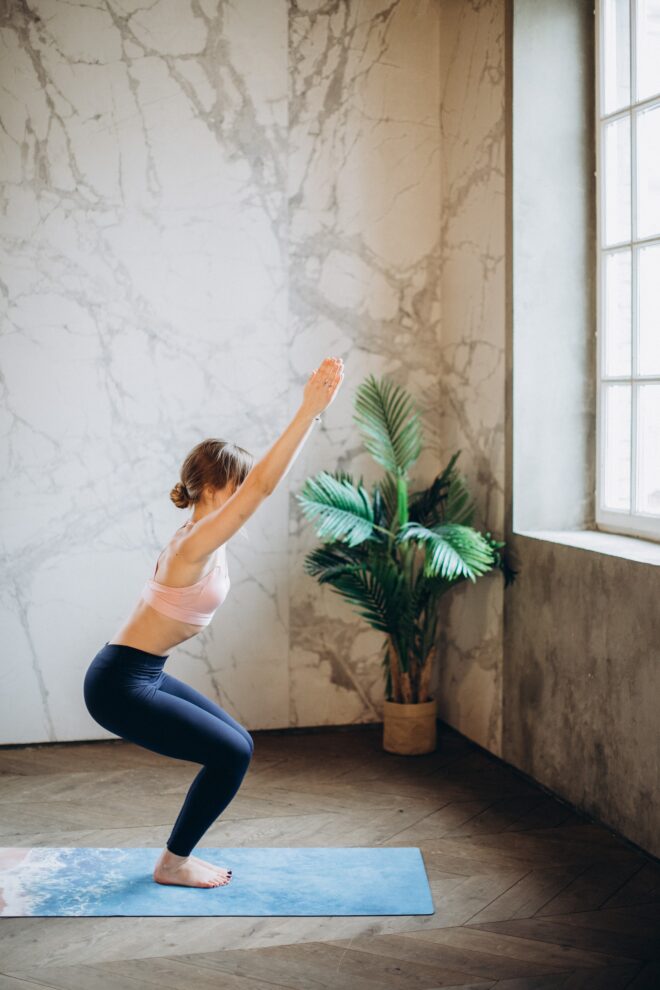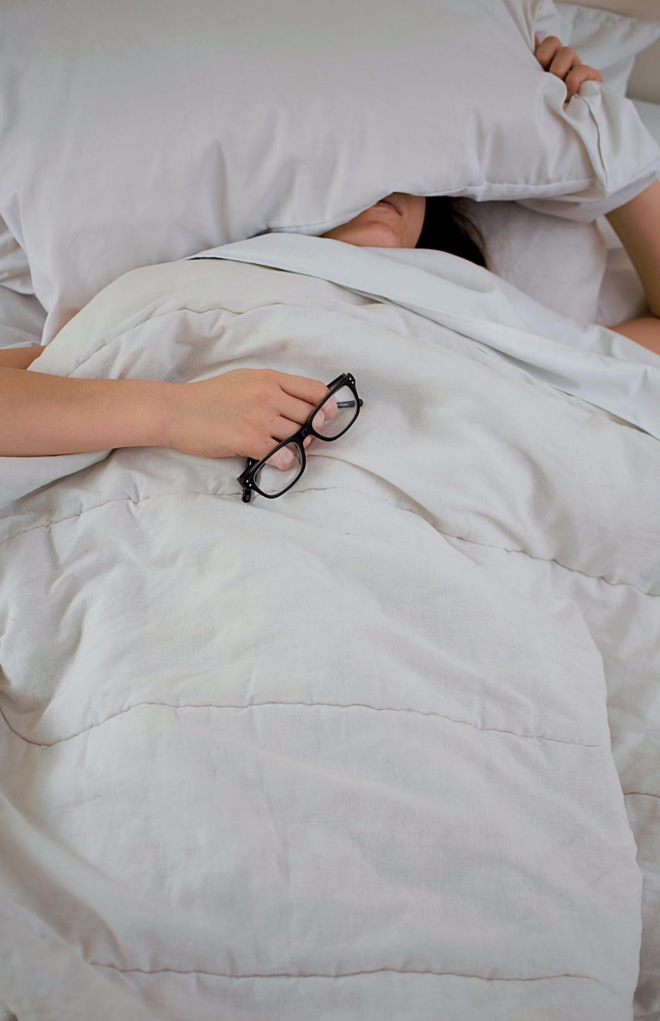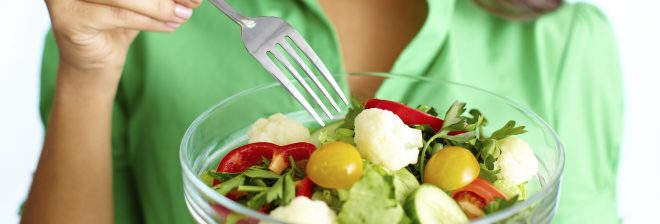
Clinic News
As we slowly start to emerge from Lockdown hibernation let us help you through your rehabilitation towards being the old you, or even a new improved you - why not?
The end of homeschooling at last! Well done to all the pupils who have applied themselves to cope with these challenging times. They will be telling their children and grandchildren in years to come, stories about how they coped.
However, we must not forget the enormous efforts of the teachers to initiate the process, going above and beyond their duty with long hours of preparation to provide the best support and delivery to the pupils.
Finally, we should neither underestimate the commitment you as parents and grandparents have provided in supporting your children at home in addition to juggling a home and for many, a career of your own - well done all.
The warmer weather has had you itching to get out into your gardens but remember what we have said previously - easy does it - mix up those jobs with varied postures and be kind to your body.
We are excited to welcome back Ruth and Jenny next month (from 12th April 2021) - their diaries are now open and booking up quickly. Please feel free to book online or give reception a call. We also look forward to Anne the Acupuncturist returning to the clinic in May.
Alex had a final chat with Alan Clifford before his disappearance to retirement. If you didn't get to listen live check out the podcast on the website or follow this link: http://www.beestonchiropractic.co.uk/podcasts/
As many of us have had our first vaccination now have dates for our second we look forward to welcoming many patients back to the clinic after a long absence.
Check out this amazing photography by Ruth after a spring walk with her camera.

Posture Tips to Straighten Your Back Naturally
Correcting poor posture habits is essential to spine health. To avoid long-term health issues, it is best to start to develop good habits.
Your sleeping posture is more important than you may think. If you sleep on your side, place a flat pillow between your legs and knees to help keep your spine straight and aligned.
Always use a supportive pillow under your head to properly align and support your shoulders and skull. Sleeping on your side or back is almost always better than sleeping on your stomach.
Driving posture is also very important. Move your seat up so that you can depress both foot pedals all the way to the ground with your knees remaining bent. Your back should remain against the seat. Recline the back of the seat very little, by only about 5 degrees.
If there is a height adjustment, raise the seat so that your hips align with your knees. If an adjustment isn’t available, consider buying a cushion. Your head should never reach the ceiling and cause you to slouch. The top of your headrest should match the top of your skull. If possible, tilt the headrest forward so that it’s no more than 4 inches from your head.
When it comes to a standing posture, stand with your heels, hips, and shoulders aligned. Do not shrug your shoulders forward, roll them back slightly and allow your arms to naturally hang at your sides. Make sure you keep your feet shoulder-width apart.
These are all ways you can straighten your back naturally. Give them a try and see if you notice a difference.

Warning Signs of an Unhealthy Spine
There are many symptoms that can signal problems with your spine. It is important to monitor these symptoms to ensure you are maintaining a healthy spine.
Headaches, backaches and sore spots in your muscles or joints are all signals from your body telling you that something is not working right. Feeling fatigued can also mean that there is misalignment of the spine. This can cause interference in the brain and body communication and can lead to fatigue.
Having to crack your neck, back or other joints frequently is also a sign of an unhealthy spine. Abnormal movement of the spine can cause stiffness. Subluxations decrease spinal mobility and create stiffness.
Jaw clicking is another sign of an unhealthy spine. Your jaw can be affected by misalignments in your neck. This causes a clicking sound when opening and closing the mouth.

Best Sleeping Position for Lower Back Pain
Lower back pain can be excruciating, especially while trying to get a good night’s rest. It may seem impossible, but there are some sleeping tips that can help.
Be sure to have a pillow that supports both the head and the neck. Finding the right pillow is crucial in keeping your spine in complete alignment throughout the night. Make sure the pillow is sturdy enough that your neck is aligned with the rest of your spine, both while sleeping on your back or side. Be sure the space beneath your neck is completely filled to support its curve. Double check that the pillow is firm enough to support this alignment throughout your sleep.
Sleeping in the fetal position with knees drawn towards the chest at 90 degrees, is a good sleeping position. Sleeping on your side also helps keep the neck in line with your spine. Keeping a pillow between your knees also helps to stabilise the hips. If you prefer to sleep on your back, be sure to properly align your body from head to toe and prop your knees up with a small pillow.
You can also take a reclined position by keeping one leg straight and the other one bent at the knee. This slight incline helps to relieve disc problems. A shallow pillow also helps to reduce backpressure.

Nutrition for Bones, Muscles and Joints
Choosing a balanced diet containing the right vitamins and minerals decreases our chances of developing deficiencies later on in life. The body’s structure relies on vitamins and minerals to ensure muscle tone (including the heart), healthy functioning of nerves; correct composition of body fluids; and the formation of healthy blood and bones.
A Healthy Diet Plan
Calcium
For bone, muscle and joint health try and include Calcium in your diet, which is essential for optimal nerve and muscle function and blood clotting.
Obtained from
Dairy products are rich in calcium that is easy to absorb. Non – dairy sources with equally absorbable calcium are green leafy vegetables from the kale family. Spinach, rhubarb, sweet potatoes and dried beans are rich in calcium but from these foods it’s not easily absorbed
Magnesium
Required for efficient muscle contraction and conduction of nerve impulses. Low magnesium levels in the body can affect the body’s calcium levels, putting bone health at risk.
Obtained from
Green leafy vegetables, unrefined grains and nuts. Small amounts are present in meat and milk. Large quantities of fibre in the diet and low protein intake can reduce the amount of magnesium able to be absorbed by the body.
Vitamin D
Essential for regulating the formation of bone and the absorption of calcium from the intestine. Vitamin D is a fat-soluble vitamin that functions to help control the movement of calcium between bone and blood.
Obtained from
Primarily from the action of UVB light on the skin. Food sources such as cod liver oil, sardines, salmon, tuna, milk and milk products contain small amounts of Vitamin D.
Vitamin C
The structure of bones, cartilage, muscles and blood vessels is provided in part and maintained by collagen. The formation of strong efficient collagen requires Vitamin C.
Obtained from
Citrus fruits, berries, tomatoes, cauliflower, potatoes, green leafy vegetable and peppers. Also important for producing strong collagen and therefore strong bone structure, is Folic acid. Folic acid is found in cereals, beans, green leafy vegetables, orange and orange juice
Antioxidants
Vitamin C is also a strong antioxidant and is capable of regenerating other antioxidants like vitamin E. The role of antioxidants is to mop up free radicals (the by-products of normal metabolism). Excessive amounts of free radicals cause damage to joint surfaces and muscle cell regeneration. Antioxidants reduce the potential of these free radicals to cause joint damage.
Obtained from
Antioxidants are vitamins A, C, E and the mineral selenium and are present in fruits and vegetables, the highest quantities are found in the most deeply and brightly coloured. Cartilage that lines the articulating surfaces of all joints is critical to joint health. Cartilage is the shock absorber of joints and is continually rebuilt if a source of raw materials is available. Supplements such as glucosamine sulphate can be added to a healthy diet to assist joints that maybe showing signs of wear and tear.
Essential fatty acids
Essential fatty acids (EFA’s) also reduce the degenerative changes in tissues and cells. EFA’s are unsaturated fatty acids such as Omega 3. They aid in decreasing the inflammatory response and help relieve pain and discomfort in joints and muscles.
Obtained from
EFA’s can be found in oily fish (sardines, fresh tuna, mackerel), flax seed and linseed.
Foods to avoid…
There are certain foods and substances that adversely effect the body’s use of minerals and vitamins. High saturated/animal fats, refined foods, white flour, white sugar, white rice, chocolate, carbonated drinks and fruit juices with high sugar concentration should be kept to a minimum if not weaned from the diet completely. Meat and dairy products should be kept within a recommended weekly amount. Dairy products as calcium sources should be varied with other non-dairy sources.
We treat all conditions that affect any muscle or joint in your body, from your head to your little toe! One of the most common complaints that we treat is back pain and Chiropractic is recommended by the government authority, the National Institute for Clinical Excellence (NICE) for acute and chronic back pain. Some of the other conditions that we treat are neck and headache, shoulder pain, leg and hip pain, knee and foot pain, sciatica and arthritis. Our registered Chiropractors all have at least five years of training. Treatment costs can be covered through most health insurers. If you are in any doubt, we are always very happy to talk with you on the phone to see if your condition will respond well to Chiropractic treatment. Call the clinic now to arrange an appointment time that works for you. 0115 9225085 If you would like to opt-out of receiving these newsletters please follow the unsubscribe link below, email alex@beestonchiropractic.co.uk or let us know at your next appointment.





